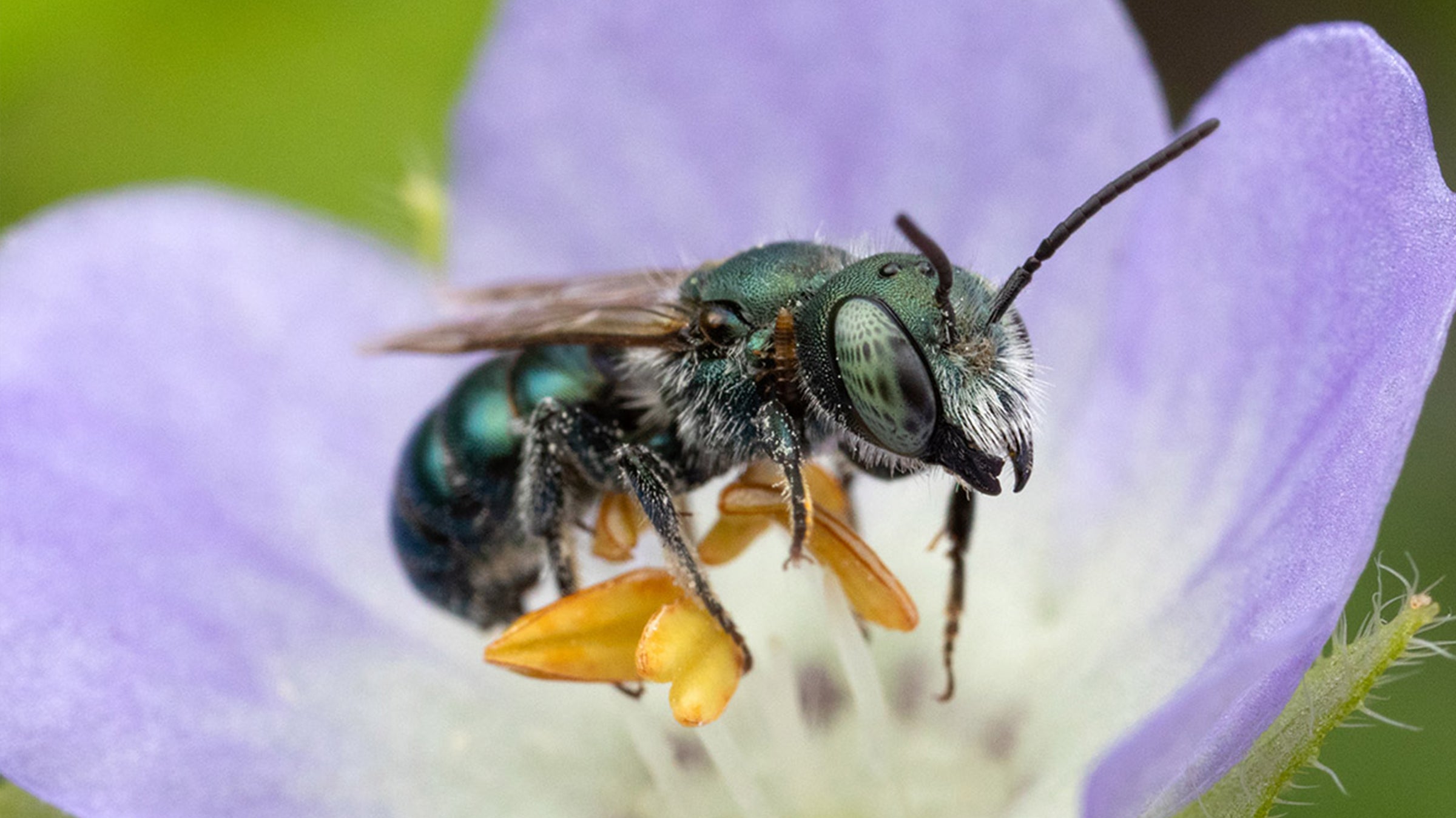
Texas has eight species of juniper native to the state. Some prevent slope erosion, some play havoc with allergies, and some go into a gin made by Integrative Biology professor, Dr. Molly Cummings.
Dr. Cummings uses berries from two Texas junipers for two different gins made by WildGins Co., a gin company headquartered in Austin and run by Cummings and her siblings. Gin is a spirit that combines a neutral grain spirit base (think vodka) with juniper and other botanicals. Juniper is the defining botanical to all gins. If there is no juniper in the mix, it’s not a gin but rather an infused vodka. Gin is typically made from the common juniper (Juniperus communis), a species that grows in Europe and the northeastern US. But the Texas berries Cummings uses are not used in any other gin in the world, and provide a unique twist on the flavor of gin.
For a little back ground, junipers are often called cedar but are not cedar at all. They are a medium-sized tree and have been used for centuries by Plains and Southwest indigenous populations for medicine, ritual, fuel, and food. Junipers are dioecious, meaning some have male flowers and others have female flowers. The eight species in Texas are listed below.
For Cummings’ “WildBark West Texas Dry Gin” (formerly known as Checkerbark) and “Checkerbark Barrel Rested” gins, she hand-picks berries from the Alligator juniper also known as the Checkerbark juniper (Juniperus deppeana) which grow in the Davis Mountains in West Texas. Alligator junipers are some of the largest growing junipers (trees as tall as 25 meters). This tree’s bark is very distinctive, cracked into small square plates which gives the tree its common name. The Alligator juniper berry is highly aromatic and more robust than the common juniper, imparting a taste to “WildBark West Texas Dry Gin” that Cummings describes as “bolder and with more zing.” This is the kind of gin one would use for a classic martini or a gin and tonic.
While out west foraging for the Alligator juniper, Cummings noticed a very different kind of juniper. Unlike most junipers that are very aromatic (that ‘piney’ flavor associated with the common juniper), this other juniper that caught her eye was red, juicy and subtly sweet. She began collecting berries from this Red Berry juniper (Juniperus pinchotii) and sent it off to her distiller to make an entirely different kind of gin, “WildJune Western Style Gin.” The Red Berry juniper lives in West Texas at lower elevations than the Alligator juniper, and is believed to be a stabilized hybrid of alligator juniper (Juniperus deppeana) and one-seeded juniper (Juniperus monosperma). “WildJune” combines the unusual sweetness of the Red Berry juniper with the aromatic common juniper and nine other botanicals to create a complex bouquet of flavors. This is the kind of gin that appeals to both gin connoisseurs as well as folks who are wary of gin’s strong flavors. The delicate versatility of “WildJune” lends itself to be served on the rocks, as a martini or in any kind of cocktail that calls for vodka.
Juniper berries are the main flavoring of all gins, but it is also made with a combination from any number of botanicals including but not limited to: coriander seeds, angelica root, angelica seed, lemon or orange peel, cassia (a member of the cinnamon family), almonds, cubeb berries, ginger, licorice, and nutmeg. ‘Dry’ gins usually have fewer botanicals and so the juniper flavor is quite strong, whereas ‘western style’ gins have a greater number of botanicals in addition to juniper and are considered less ‘juniper-forward’.
And while gin lovers can be thankful for junipers, these trees elicit a range of emotions in the broader population. For ranchers and farmers, they have often been seen as problematic for ideas about water use that are now outdated. Historically, it had been estimated that one ten-foot bushy Ashe juniper, growing in the eastern Edwards Plateau in full sun, could use 33 gallons of water in a day. However, scientists now recognize single-tree water use is irrelevant due to the complexities of woodland dynamics and underlying geologies.
It had also been thought that Ashe juniper canopies and thick layers of leaf litter block as much as 80% of the precipitation that would otherwise reach the soil. However, more recent studies have shown that there is only about 40% canopy-litter interception.
For many conservationists, Ashe junipers are necessary for the habitat protection of two rare endangered Neotropical migrant songbirds: the golden-cheeked warbler and black-capped vireo. Junipers also provide shelter and food for other wildlife.
(Thank you to Dr. Molly Cummings and Robert Adams' taxonomic treatise on junipers)



